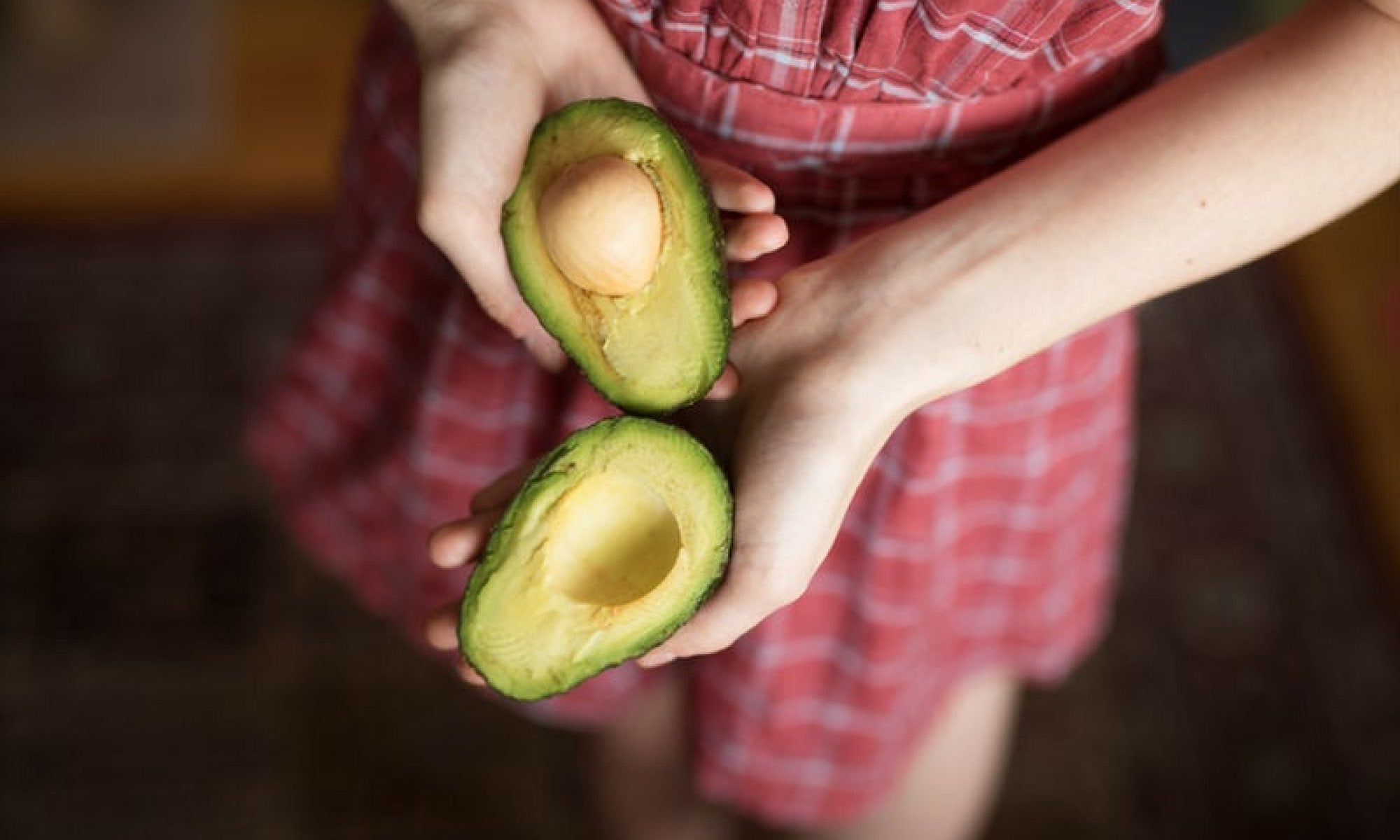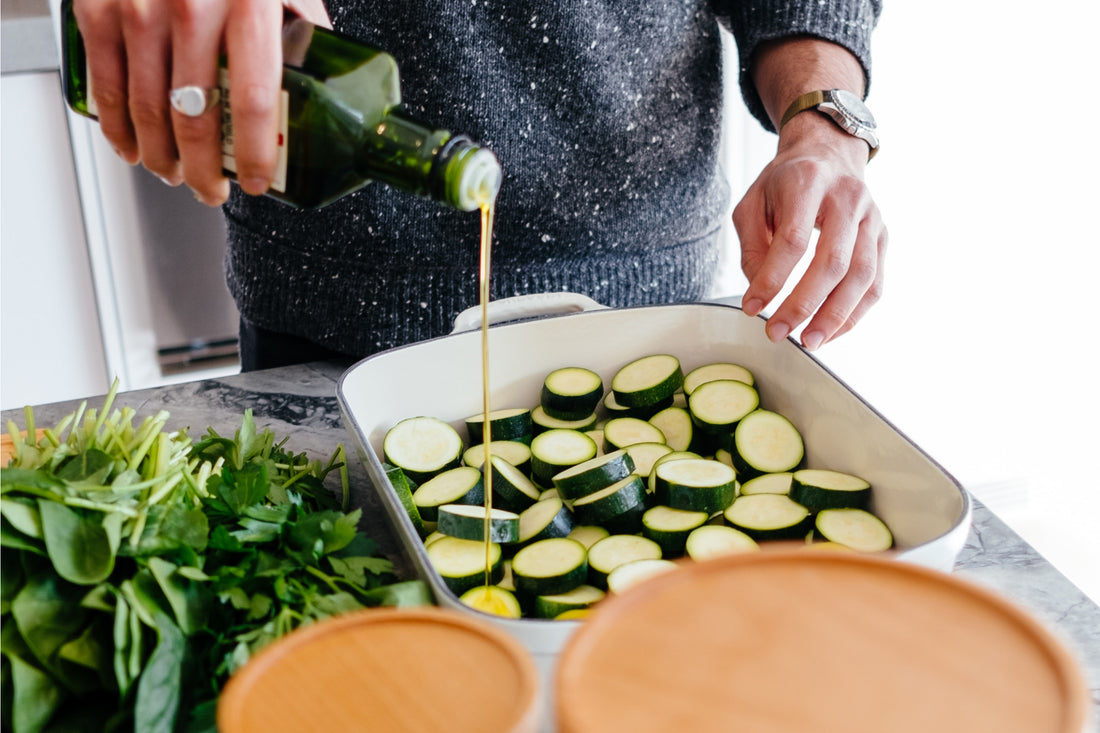Shifting towards a more alkaline diet can have a hugely positive impact on your health. Are you already relatively healthy but want to clean up your eating and enjoy optimum wellbeing? Or are you dealing with poor health, and feel motivated to help yourself by paying more attention to the food you put in your body?
Studies have shown that upping your alkaline can increase levels of hormones and minerals that allow you to metabolize nutrients effectively, and even improve your body’s function in the face of chronic disease.
But many people don’t know how much better they could feel if they brought the acid and alkaline levels in their bodies into balance. In fact, a healthy pH (that’s the measurement which shows how acidic or alkaline something is) is vital to your overall health. pH is measured on a scale from 0 to 14 — with 0 being very acidic, and 14 being very alkaline.
A healthy pH protects against diseases which grow easily in an acidic environment. Fungus, mold and bacteria all thrive in an acidic body; but you can make your own body more alkaline by consuming a higher percentage of alkaline-producing foods, compared to acid-producing foods.
It’s important to note that some foods which are considered acidic before you eat them are actually alkaline-producing once they’re in your body. For example, contrary to popular belief, lemons are a wonderfully strong alkaline-producer. Who’d have thought it?
Alkaline guru Dr. Sebi recommends that you aim for a diet of around 70% alkaline foods, with the remaining 30% made up of a combination of acidic and pH neutral foods. What does that really mean — what will you actually be eating?
Well; lots of beautiful, colorful, vitamin and fibre-rich vegetables and fruit. Broccoli, green beans and sweet potato are among some of the most alkaline vegetables, while avocado, lemon and grapefruit top the list of fruits. Whole grains, beans and pulses, nuts and seeds, some oils (including coconut, flax and avocado) are also must-eats. And a combination of nut milks, alkaline water and herbal teas are alkaline options for staying hydrated.
While you increase your intake of these foods, you’ll also be cutting down on sugar, meat, dairy, alcohol, refined grains and caffeine.
If this sounds daunting, don’t worry. We’ve put together a selection of easy alkaline meals and snacks to get you started.
We’re setting you the challenge of increasing your alkaline intake by including one of our deliciously simple recipes in your diet each day for the next week. By the end of the seven days you’ll have tried — and tasted! — seven recipes and experienced the feeling of enhanced wellbeing that comes with adjusting your pH.
Day 1: Overnight Oats
Overnight oats are a delicious way to eat an alkaline breakfast. And they’re so easy — ten minutes of preparation the night before means you can open the fridge, grab a spoon, and eat your breakfast with zero effort in the morning.

How? Pour 1/2 cup of oats (per person) into a jar or tupperware container. Overnight oats can keep for 3 days in the fridge, so you can triple the amount to cover three breakfasts! Add a tablespoon of ground flax seed and a sprinkling of pumpkin seeds, and fruit of your choice — bananas, shredded apple and chopped dates work well.
Cover with a cup of almond, coconut or oat milk. The oats will absorb the milk throughout the night. Put the lid on and put your container in the fridge — then you can go to bed!
In the morning, you can add fresh berries or coconut yogurt for extra taste and creaminess, or eat as is. If your oats are a little too dry for your liking, add more milk or a splash of alkaline water.
Day 2: Cauliflower Roast
Roasted vegetables are wonderfully hearty and perfect for a cozy evening in.

How? Cut a whole cauliflower into large florets and put in a baking tray. Add thinly sliced red onions, chopped garlic, and green beans, then diced tofu or chicken for protein. Drizzle with coconut or olive oil, and add a shake of salt and pepper.
Roast on a medium-high heat for 35-45 minutes, moving around with a spatula occasionally to make sure all the vegetables cook evenly.
Day 3: Alkaline Green Smoothie
Green smoothies are a quick and nourishing way to add alkaline on even the busiest of days.

How? Fill your blender cup with 1/2 a cup of milk (almond, oat or coconut milk work well); a teaspoon of spirulina powder; 1 cup of firmly packed spinach; 1 small avocado, peeled and pitted; the juice of half a lemon; a pinch of salt, and 2 ice cubes. If you prefer a touch of sweetness, add the juice of 1 apple.
And blend until smooth!
If your smoothie is too thick for your liking, add a splash of water from your DLYN Living Water Bottle.
Day 4: Stuffed Date Snack
If you need a sweet snack to manage that afternoon slump, you’re not alone. But you don’t have to turn to the candy cupboard. Dates and almonds are both great additions to an alkaline diet and you can carry them with you wherever you go.

How? Get some good quality medjool dates — they should look big, dark and succulent. Remove the stones, and slide in whole almonds in their place! Keep your almond stuffed dates in a little tupperware box in your bag for a mouth-watering pick-me-up.
Day 5: Nutty and Lemony Avocado Salad
There’s no getting away from the fact that a good salad can take a day from so-so to soul-soaring (that’s not a scientific fact, but we know you know what we mean). This salad combines some of the most powerful alkaline ingredients to make you feel well from the inside out.

How? Put 2 firmly packed cups of kale in a saucepan with an inch of boiling water, cover with a lid, and steam on a low heat for 5-8 minutes. Meanwhile, put 1/2 a tablespoon of oil in a frying pan and heat gently before added nuts and seeds of your choice — flaked almonds, walnuts, and pumpkin seeds are all good choices.
Keep an eye on the toasting nuts and shake the frying pan occasionally while you grate 1 carrot and 1/2 a courgette into a bowl. When the nuts start to turn brown, take them off the heat and tip them onto a folded sheet of kitchen paper to soak up excess oil.
Slice an avocado into the bowl with the grated carrot and courgette; then add the softened, drained kale, the toasted nuts, and the juice of half a lemon. Drizzle with olive or avocado oil and, finally, add a pinch of salt and pepper to taste.
Serve with brown rice or quinoa on the side (optional).
Day 6: Sweet Potato Soup
Sweet potato is the perfect root vegetable for a wholesome alkaline soup.

How? Peel and roughly dice 3 sweet potatoes and put them in a pan, then cover with water. Bring to the boil and then turn down the heat slightly, add a lid, and cook until soft.
Meanwhile, gently fry 3 cloves of garlic and half an onion until softened.
Put the cooked sweet potato in a blender with what’s left of the water, and add the garlic and onion. Then add a thumbnail-sized piece of raw ginger; half a teaspoon of ground cinnamon, and half a teaspoon of ground cardamom.
Blend on a low-medium speed until smooth.
Return to the pan, and simmer over a low heat for 10 minutes. Add a can of coconut milk for creaminess if desired, and then salt and pepper to taste.
Day 7: Spelt Pasta with Pesto
Spelt is a fantastic alkaline alternative to refined wheat which won’t leave you feeling heavy and tired. You can buy spelt pasta in most supermarkets and any whole food store.

How? Cook your spelt pasta as per the instructions on the packet. In the meantime, make your easy homemade pesto: put a big handful of basil into a blender, along with a clove of garlic, a handful of pine nuts, and a generous sprinkling of vegan parmesan.
When the blender is running, slowly add olive oil until you reach a creamy consistency, and add salt and pepper to taste. You can make this pesto in larger batches and keep it in the fridge for up to five days.
Mix your pesto with your pasta, and add some steamed asparagus or broccoli on the side.
One More Thing
We hope you enjoy these recipes, and reap the benefits of an alkaline. This is just the beginning — these recipes are your foundation for alkaline eating and taking control of your pH.
We want to add just one more tip which can help you to start your day feeling cleansed and in balance. Lemon water! Instead of tea or coffee, make your first drink of the day a cup of hot water with the juice of half a lemon. You can add honey for sweetness if preferred.
Nourish yourself every day. You’ll feel better for it.






